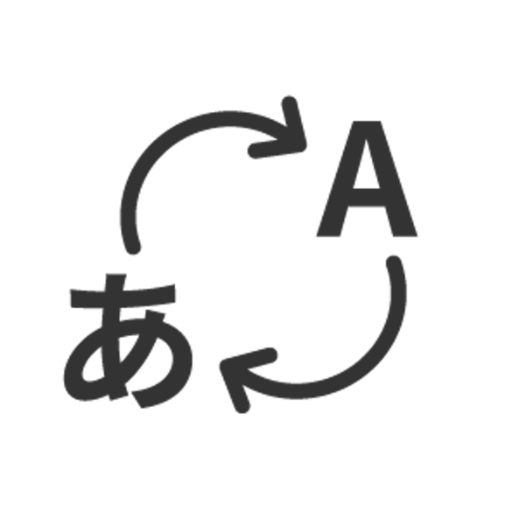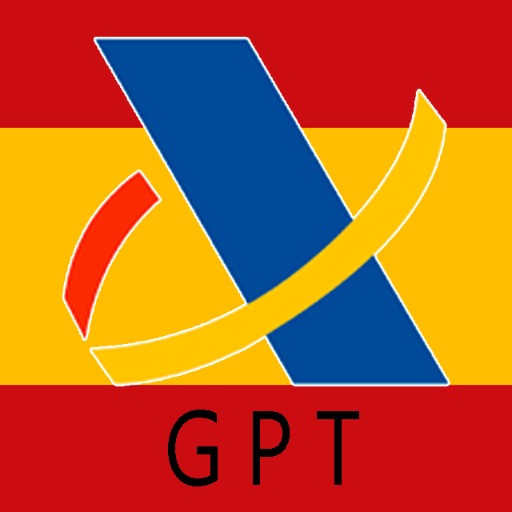日越/越日辞書-Japanese-Vietnamese translation dictionary.
AI-powered Japanese-Vietnamese dictionary.
日本
Nhat Ban
Giau
Related Tools
Load More
日中翻译
输入中文自动翻译为日语,输入日语自动翻译为中文

Japanese English Translator / 日本語英語翻訳機
A Japanese English, English Japanese Translator. Enter your text and it will be automatically translated between Japanese and English. Speak to it and it will translate on the fly. Give it an image and it will translate the image. Use it to translate your

シンプルな日英翻訳
日本語↔︎英語の翻訳ツール。翻訳した文章の下にコピーマークが出るよ📋

日↔英 翻訳機
Simple and high-performance English-Japanese bidirectional translator

Japanese Navigator
Bilingual assistant for Japanese translations. Type @help to view instructions.

最強の英語辞典(英↔︎日)
英語のプロ講師監修による、最強のオンライン辞書スタイルGPTです。英単語、または日本語を入力すると、リスト形式で単語の意味、関連するイラスト、例文、語源、類義語、発音、コロケーション、豆知識など、あなたが欲しい情報を全て表示します。
20.0 / 5 (200 votes)
Introduction to 日越/越日辞書
日越/越日辞書 is a specialized translation and language support tool focused on translating words and phrases between Japanese and Vietnamese. Its core functionality is to offer accurate, context-sensitive translations, helping users better understand the nuances of both languages. It not only provides direct translations but also offers example sentences in Vietnamese and Japanese to showcase real-world usage, ensuring users can grasp practical applications. The system is designed to clarify meaning distinctions in cases where a word in one language may have multiple interpretations in the other. By asking users to select specific meanings, it tailors the output for precision. For instance, if a user inputs a word like '行く' in Japanese, 日越/越日辞書 will ask the user to clarify whether they mean 'to go' or another potential meaning, ensuring that the resulting Vietnamese sentence is accurate and contextually appropriate. Another example would be handling Vietnamese words without tone marks, where it lists all possible interpretations with tones and clarifies the meaning in Japanese for each variant. This ensures that translations cater to even minor distinctions, avoiding confusion that might arise from the tonal nature of Vietnamese.

Key Functions of 日越/越日辞書
Translation of individual words with contextual clarification
Example
When the user inputs the Japanese word '明るい', the system can offer translations such as 'sáng sủa' (bright in terms of light) or 'vui vẻ' (cheerful in personality), asking the user to pick the intended meaning.
Scenario
This is particularly useful for students or translators who are working with Japanese content and want to ensure that the right meaning is conveyed in Vietnamese, avoiding ambiguity.
Handling Vietnamese words without tone marks
Example
When a user inputs 'bo', the system will list potential matches like 'bò' (cow), 'bỏ' (to leave), 'bố' (father), and explain their Japanese equivalents, such as '牛' for 'bò' or '父' for 'bố'.
Scenario
This feature is valuable for learners of Vietnamese who may not be familiar with tones and need to understand how a word's meaning can change drastically based on tonal differences.
Providing example sentences for contextual learning
Example
If a user selects the word '家' (house), the system will offer two example sentences like: 'Ngôi nhà này rất đẹp.' and '家は大きいです。', allowing the user to see practical usage in both languages.
Scenario
This is useful for anyone studying either language, helping them to learn not only translations but also how the word is applied in everyday contexts.
Ideal Users of 日越/越日辞書
Language learners (Japanese or Vietnamese)
Students or self-learners of Japanese or Vietnamese would benefit greatly from using this tool. Since the system clarifies complex nuances, such as multiple meanings of words or tonal variations, it supports deep learning and helps users avoid common mistakes. Learners can reinforce vocabulary by understanding the exact context of words and practicing with example sentences.
Translators and language professionals
Professional translators who work between Japanese and Vietnamese will find this service especially helpful. The clarification of word meanings and contextually accurate example sentences can assist in producing precise translations, while the ability to distinguish between different meanings in complex cases ensures high-quality work.

How to Use 日越/越日辞書
1
Visit aichatonline.org for a free trial without login, also no need for ChatGPT Plus.
2
Enter a Japanese or Vietnamese word into the search bar to receive translations and example sentences.
3
If a Japanese word has multiple Vietnamese meanings, you will be prompted to select the correct meaning by choosing a number.
4
For Vietnamese words without tone marks, the system will list all possible words with tone marks and their meanings, allowing you to select the intended word.
5
Review example sentences in both Vietnamese and Japanese to better understand the usage of the translated word.
Try other advanced and practical GPTs
ZkDude
AI-powered tool for secure digital identity.

Ad Copywriter PRO: E-commerce
AI-driven ad copy that converts.

Butternut AI Website Builder
AI-Powered Business Website Creation

UP WORK /UpworkPro, Cover Letter
AI-powered cover letter generator for freelancers.

GMAT, GRE, LSAT, TOEFL, IELTS Mastery Coach
AI-powered mastery for test success

** 🖼️ SDXL 1.0 (From dialog to prompt) **
Craft detailed image prompts with AI.

Mean VC
AI-powered venture capitalist simulation

EvidenceHunt
AI-Powered Biomedical Research Assistant

Copy Editor
Refine your text with AI precision.

HaciendaGPT
AI-Powered Tax Guidance for Spain

Your CFO
AI-driven financial insights and strategy.

KOMMO Assistente
Empower your CRM with AI.

- Academic Writing
- Language Practice
- Translation Help
- Cultural Studies
- Vocabulary Learning
Frequently Asked Questions about 日越/越日辞書
Can I use 日越/越日辞書 without logging in?
Yes, you can access the service for free without logging in or needing a ChatGPT Plus subscription. Simply visit aichatonline.org to start.
How does the tool handle words with multiple meanings?
When you enter a word with multiple Vietnamese meanings, the system will display the different meanings in Vietnamese. You can select the correct meaning based on the context by choosing the corresponding number.
What happens if I input a Vietnamese word without tone marks?
The tool will automatically list all possible Vietnamese words with tone marks and provide their Japanese meanings. You can choose the intended word from the list.
Can I get example sentences for the translated words?
Yes, after choosing the correct translation, the tool provides two example sentences in Vietnamese followed by their Japanese translations. This helps in understanding the word’s proper usage.
What kind of vocabulary can I translate using 日越/越日辞書?
You can translate a wide range of vocabulary, including common words, technical terms, and phrases used in everyday communication or specialized fields.